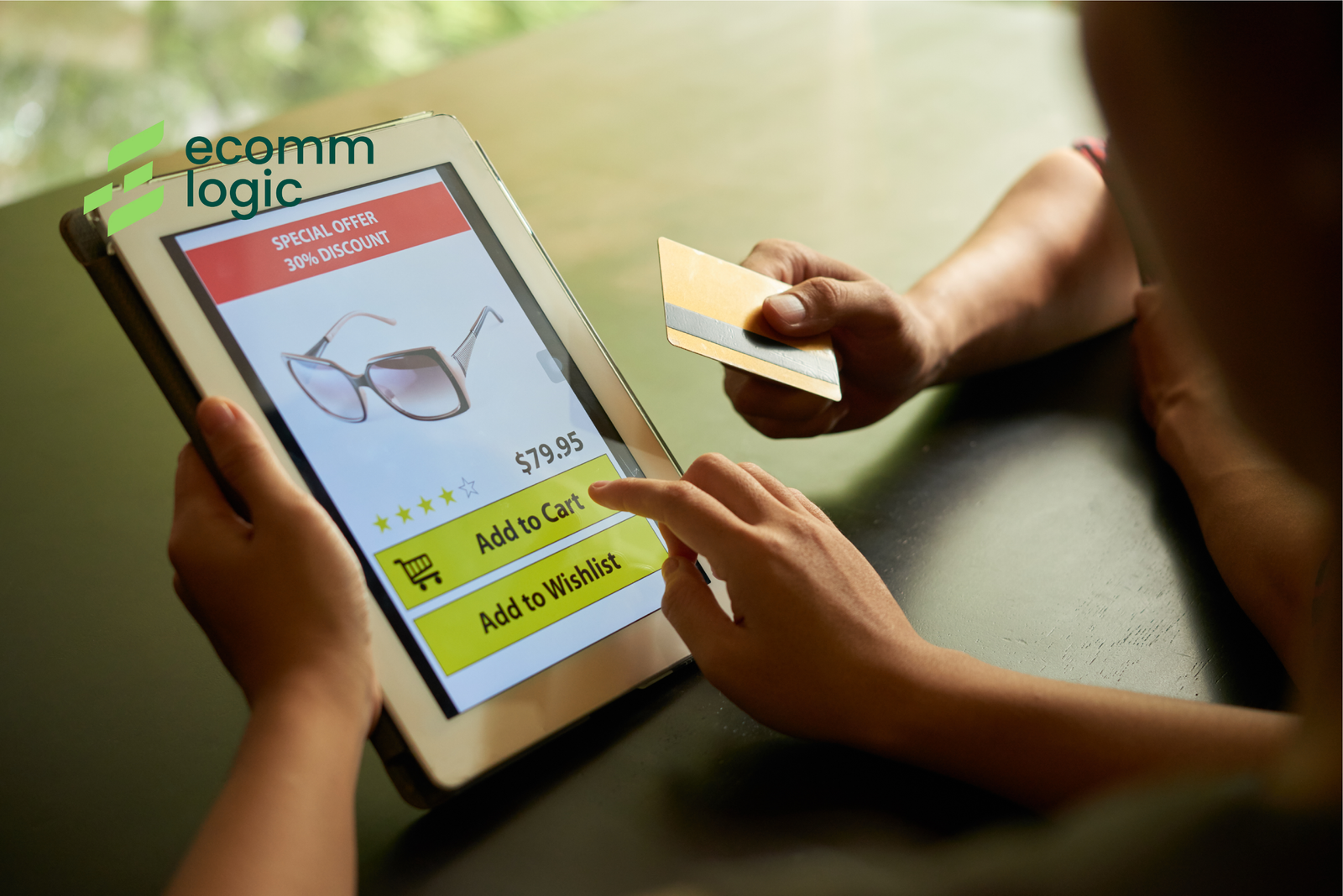Launching a successful Shopify store involves more than uploading products and adding a logo. One of the most impactful choices you’ll make early on is selecting the right theme. A theme is not just about aesthetics—it’s the foundation of your brand’s digital presence. It shapes the customer experience, influences how your products are showcased, and even affects loading speed and conversion rates.
At EcommeLogic, we help brands build Shopify stores that don’t just look good—they perform. And it all starts with choosing the right theme.

Understand Your Brand Identity
Before you even start browsing Shopify’s theme store, it’s essential to understand your brand identity. What kind of message do you want your store to convey? Is your brand minimalistic and clean, bold and energetic, or playful and colorful? The right theme should visually match the tone of your products and appeal directly to your target audience.
For example, a high-end skincare line may require an elegant, sleek theme with neutral tones, while a kids’ toy brand would benefit more from a fun, vibrant, and animated interface. Knowing your identity sets the tone for everything else.
Define Your Store’s Goals
Once your brand identity is clear, you need to consider your store’s goals. Are you selling a single flagship product or managing multiple categories with dozens of SKUs? Will your store need to support promotional banners, customer reviews, or embedded videos? A theme’s layout and functionality should support these needs out of the box.
If you plan to frequently run sales or promotions, look for a theme that easily integrates promotional elements without needing complex coding or customization.
Make Mobile Responsiveness a Priority
With mobile commerce dominating the eCommerce space—accounting for over 70% of all online purchases—a mobile-friendly theme isn’t optional, it’s mandatory.
Most modern Shopify themes are responsive, but it’s still crucial to test the demo version of any theme on both mobile and desktop. Look closely at how product pages load, how menus behave, and whether buttons and text are readable on smaller screens. A poor mobile experience can lead to lost conversions, even if the desktop version looks flawless.

Focus on Speed and Performance
A theme with heavy animations and excessive scripts may look visually impressive, but it can seriously slow down your site. Website speed is a known ranking factor for SEO and directly affects user behavior—slow-loading pages lead to higher bounce rates and fewer sales.
We always advise choosing themes known for clean code and fast performance. You can test theme speed using tools like Google PageSpeed Insights or GTmetrix to ensure your chosen theme doesn’t become a bottleneck for your business.
Stick with Trusted Sources
While Shopify allows you to use themes from third-party developers, we recommend sticking to themes available through Shopify’s official theme store or from trusted partners. These themes are vetted for quality, are regularly updated, and come with support.
Some of the most popular and high-performing themes include:
- Dawn – Free and highly customizable
- Impulse – Great for storytelling and promotional offers
- Prestige – Designed for luxury and premium brands
Choose a Theme You Can Customize
Even the most well-designed theme might need adjustments to match your brand’s exact color palette, fonts, or page layouts. Choose a theme that offers flexibility without requiring deep coding knowledge.
Many themes today come with drag-and-drop functionality, dynamic sections, and customizable templates that allow you to make the store your own. And if you’re looking for deeper customizations, working with a Shopify expert—like our team at EcommeLogic—can help you achieve a truly unique storefront that resonates with your audience.
Ensure App Compatibility
If your store depends on certain third-party apps for features like email marketing, customer reviews, or shipping integrations, you must ensure the theme won’t conflict with them.
Some themes don’t play well with all apps, which can lead to technical issues down the road. Read the documentation and reviews carefully, and if possible, test the theme alongside your essential apps before finalizing.

Don’t Skip the Reviews and Demo
Before purchasing any theme, always read real user reviews to understand its pros and cons. Feedback from other store owners can highlight hidden strengths—or potential frustrations—you might otherwise miss.
Also, explore the demo thoroughly. Test navigation, product display, mobile responsiveness, and overall layout to make sure it feels intuitive and polished.
Final Thoughts
Choosing the right Shopify theme involves a mix of brand alignment, technical compatibility, and long-term flexibility. It’s a decision that impacts every part of your online business—from user experience to sales performance.
At EcommeLogic, we help brands like yours make the right choice from the start and customize their stores for optimal performance. If you’re ready to launch or revamp your Shopify store, contact us today and let’s build something powerful together.

